 |
| Leaving Sakkarah we headed
just a few miles away to Memphis, the ancient capital of Lower Egypt,
then called Mennof-Ra. It was believed by Herodotus to be founded
by Menes who united the kingdoms of Upper and Lower Egypt. Little
remains of Memphis today with the exception of a few ruins. Our reason
for visiting Memphis was to view two magnificent statues. One a beautiful
red granite statue of Ramses II and the other a sphinx carved from
a solid piece of alabaster. |
||||||||||
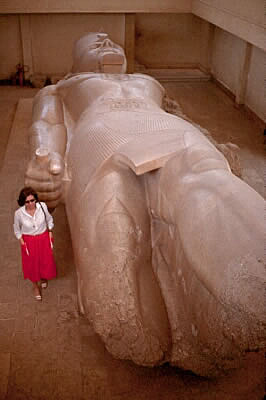 |
At Memphis there once stood a series of colossal statues of the great Ramses II. Now only two remain. One is located in Cairo near the train station and the other here at Memphis laying on the ground in a covered pavilion. The statue once measured almost 40 feet but has been damaged with its lower legs and feet missing. Memphis at one time was, perhaps, the greatest city in Egypt with magnificent walls and the center of great chariot factories. In an epigraph to the god Ptah found at Abu Simbel Ramses II stated about Memphis: "At Memphis I have enlarged your house, I have built it with much work, with gold and with precious stones ..." | |||||||||
| Jeremiah's prophecy that "Memphis shall be waste and desolate without an inhabitant" certainly came true. With Alexandria's rise to glory the old city of Memphis was abandoned and left to the ravages of the desert and time. Now only a series of rather unimpressive ruins remain of this once glorious city and, of these ruins, this statue is the most magnificent of all. |
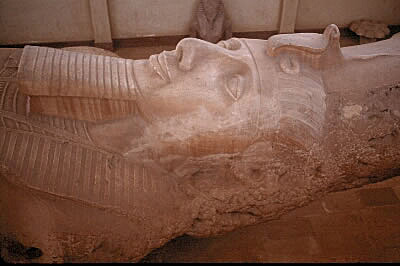 |
|||||||||
|
Tour guide standing by the great
red granite statue of Ramses II |
Close up of the head of the Ramses II statue showing
the damage caused by years of laying in the sand.
|
|||||||||
| The second statue at Memphis
is truly magnificent, a sphinx sculpted from a single piece of alabaster.
The sphinx measures approximately 13 feet high and 24 feet long and
weighs an estimated 80 tons. It is believed to date to the era of
Amon Ofis II and, with many others, once flanked the temple of Ptah.
Looking at the sphinx, in remarkable shape compared to other statues,
one can get a feeling of how magnificent the sphinx at Giza was before
it was so badly damaged. . |
 The alabaster Sphinx at Memphis |
|||||||||
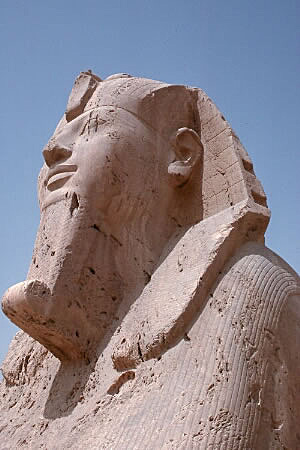 The alabaster Sphinx at Memphis |
||||||||||
| Fragments of many statues were in evidence at Memphis just laying around on the ground (below). | ||||||||||
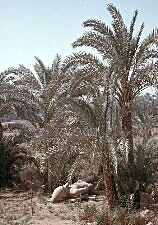 |
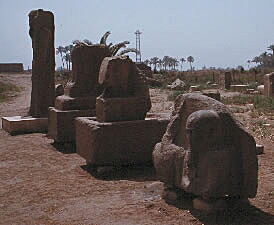 |
|||||||||
| Continue to the next page to view what life in the Nile Delta is like today. | ||||||||||